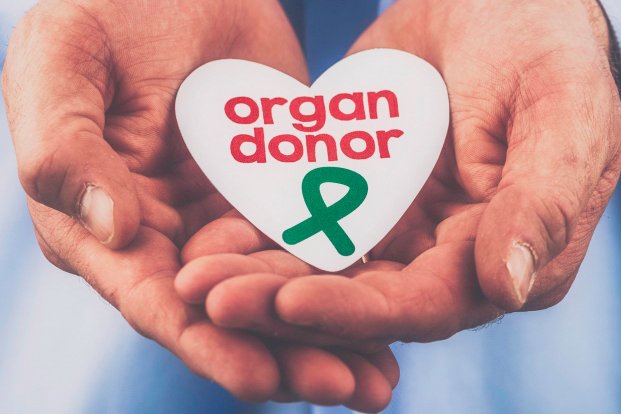Apr 25, 2022
Organs of Human Ashes at Paras Hospitals Gurgaon Cry Out for Organ Donation

Art forms of eye, liver, lungs, and kidney installations at Paras Hospitals are catching everyone’s attention. The installations being made from the human ashes of Varanasi ghats are aimed to strike the core of the heart in order to promote organ donation.
Gurgaon, 19th July 2018: As many as 5 lakh people die every year in India due to unavailability of organs as organ donation rate in India remains abysmally low. Putting the noble cause back into focus with a heart wrenching appeal, Paras Hospitals Gurgaon has collaborated with Mohan Foundation’s unique campaign of installing four organs made of human ashes.

The four organs, namely eye, liver, lungs, and kidney, have been created from the human ashes of Varanasi ghats and are aimed to drive the message of “Life before Death” at the core of onlookers’ hearts. The instituted organ art forms are grabbing attention of all onlookers as they approach the installations with much intrigue.
“The hard-hitting approach is our endeavor to appeal to the consciousness of masses, which due to various socio-cultural notions are hurting the cause. As per estimates presented in the Lok Sabha, against the annual requirement of 2 lakh kidneys, 30,000 liver, and 50,000 heart transplants, only 6000, 1500, and 15 organs are available. These facts highlight the huge gap between the demand and supply of organs for transplant. Every one of us should pledge for our organs so that we can help the world even when we are not around,” said
India accounts for the highest number of road fatalities Dr. P N Gupta, Chief of Nephrology, Paras Hospitals Gurgaon in the world with about 1.46 lakh people dying every year due to road accidents, which means an average of 400 deaths a day. About 70% of India’s 1.4 lakh road accident victims are declared brain dead each year. Thus, there are 1 lakh potential cadaveric organ donors.
One lakh donors can contribute 2 lakh kidneys, 1 lakh livers, 1 lakh hearts and 2 lakh eyes, thus wiping away the entire organ deficit in the country. In fact, the surplus organs can be donated to other SAARC countries which face similar crisis. But sadly, only about 2-3% of those are utilized while the rest are wasted.

